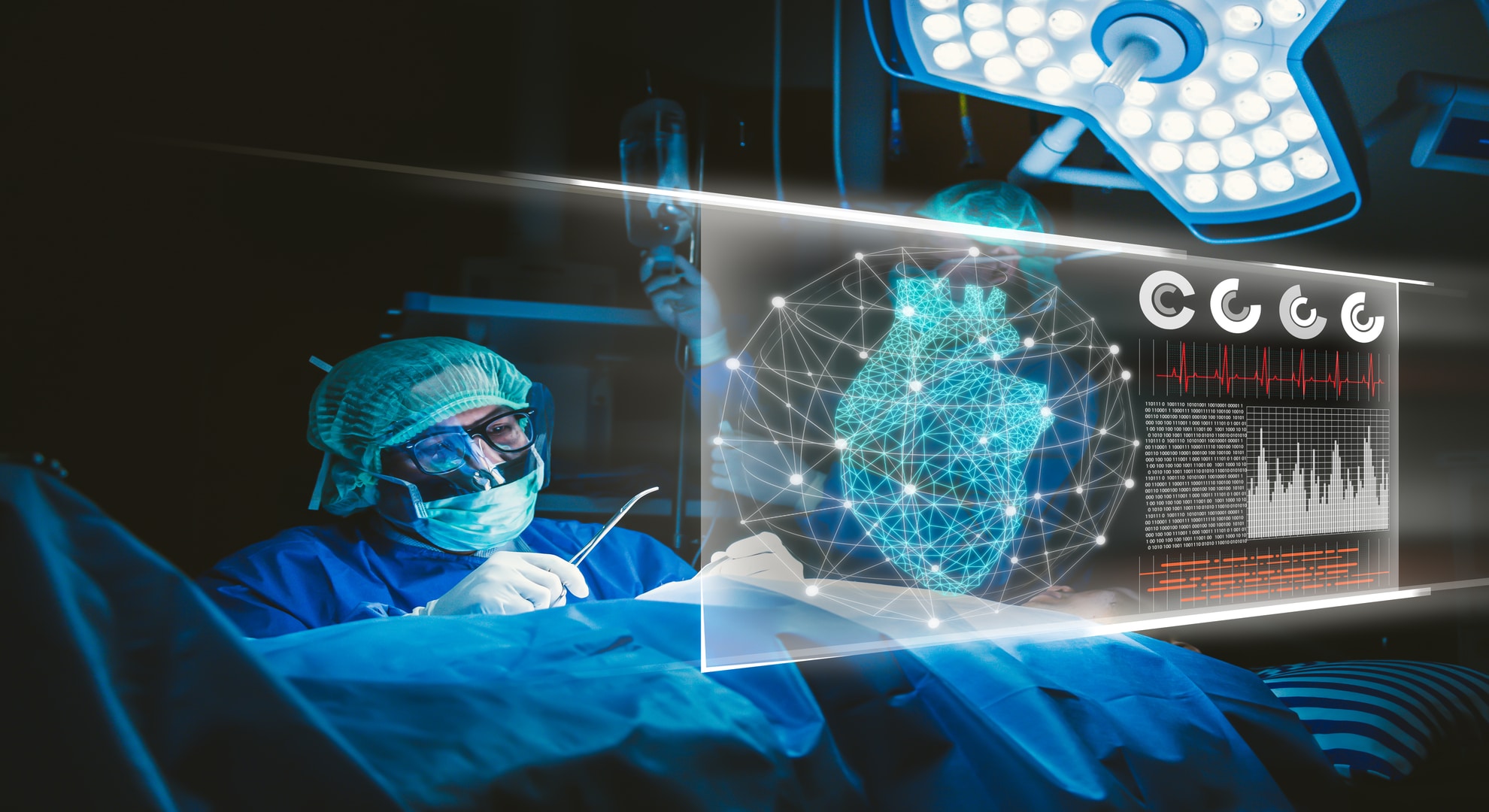
04 Feb Real-time connectivity in the health and pharmaceutical sectors
For people and organisations who don’t spend their lives in the technology sector, it can be hard to understand the impact and importance of integrating technology and connectivity for today’s society. Besides developing their own specialities, researching and developing, it’s down to industry stakeholders themselves to make people aware of the vital work they do. Because digitalisation and technologies – the closest thing to ‘magic’ that currently exists, in the words of Elon Musk – are already fundamentally changing our lives forever, and not necessarily within the confines of the technology industry alone.
Medical connectivity for quicker and better diagnoses
While technology has been closely involved in the field of medicine since the birth of the discipline, it’s only in the last hundred years or so that the speed, importance and scope of technological advances has really ‘exploded’. Thanks to digitalisation, this has been especially pronounced in the last thirty or forty years.
Currently, and alongside continually improving techniques, devices and tools for diagnosing illnesses early, efforts and underway to integrate 5G into healthcare networks. As a result, the goal of boosting capacity in hospitals and medical centres to give staff vital information – quite literally – when it is most needed is coming ever closer.
Thanks to the interconnection and interoperability of data, it will soon be possible for hospitals located geographically far apart to share comprehensive medical records, diagnostic test results, high-resolution images and crucial clinical information in the blink of an eye. Regardless of the complexity of the data or its volume.
Furthermore, technological integration and digitalisation in other parts of the healthcare supply chain can not only reduce hospital pressure, but also save more lives. An example would be smart ambulances. By connecting the vehicles up with local hospitals, vital signs can be relayed in real time and 360º images shared with the emergency services with no latency. This would drastically transform the patient triage process and greatly facilitate the work of healthcare professionals in hospitals who would be able to start treating their patients even before they physically come through the doors.
Comprehensive and accurate patient profiles
Of course, the benefits of connectivity go far beyond diagnostics alone. Enormous advances in robotics and artificial intelligence mean it’s now possible to perform highly‑complex surgeries – in neurology and cardiology, for example – remotely with the help of 5G. And today’s training processes are far more immersive and complex, with trainers able to run major medical applications in augmented reality.
But perhaps the most beneficial application we can take from digitalisation in the short term is a complete understanding of various clinical cases thanks to big data. Every medical history is made up of a huge amount of highly heterogenous information about diseases, treatments, medications, clinical developments, chemical intolerances, and so on. Connectivity will soon allow primary care settings – even the smallest of them –, as well as the biggest hospitals, pharmacies and various specialists to simultaneously access far more complete and comprehensive patient profiles than ever before.
This definitive application of remote medicine will, in turn, make it far easier and faster to cross-check specific indicators adapted to individual patients, to consult and respond to medical questions, to request second opinions and, ultimately, to combine inter‑disciplinary efforts to achieve better and more all-round healthcare. As a result, digitalisation has long since ceased to be something ‘geeky’, in fact, it’s transforming our lives for the better.
But this integration process won’t be without its challenges. On the one hand, because all technological transitions take time and involve a certain learning curve. On the other, because every healthcare facility, speciality and professional will apply this connectivity revolution based on their own specific needs… there’s no general ‘blueprint’ here. And, of course, because information flows will be subject to various issues inherent to the medical world, including data privacy and security. Factors that are all the more important when it comes to especially sensitive information, like medical data.

